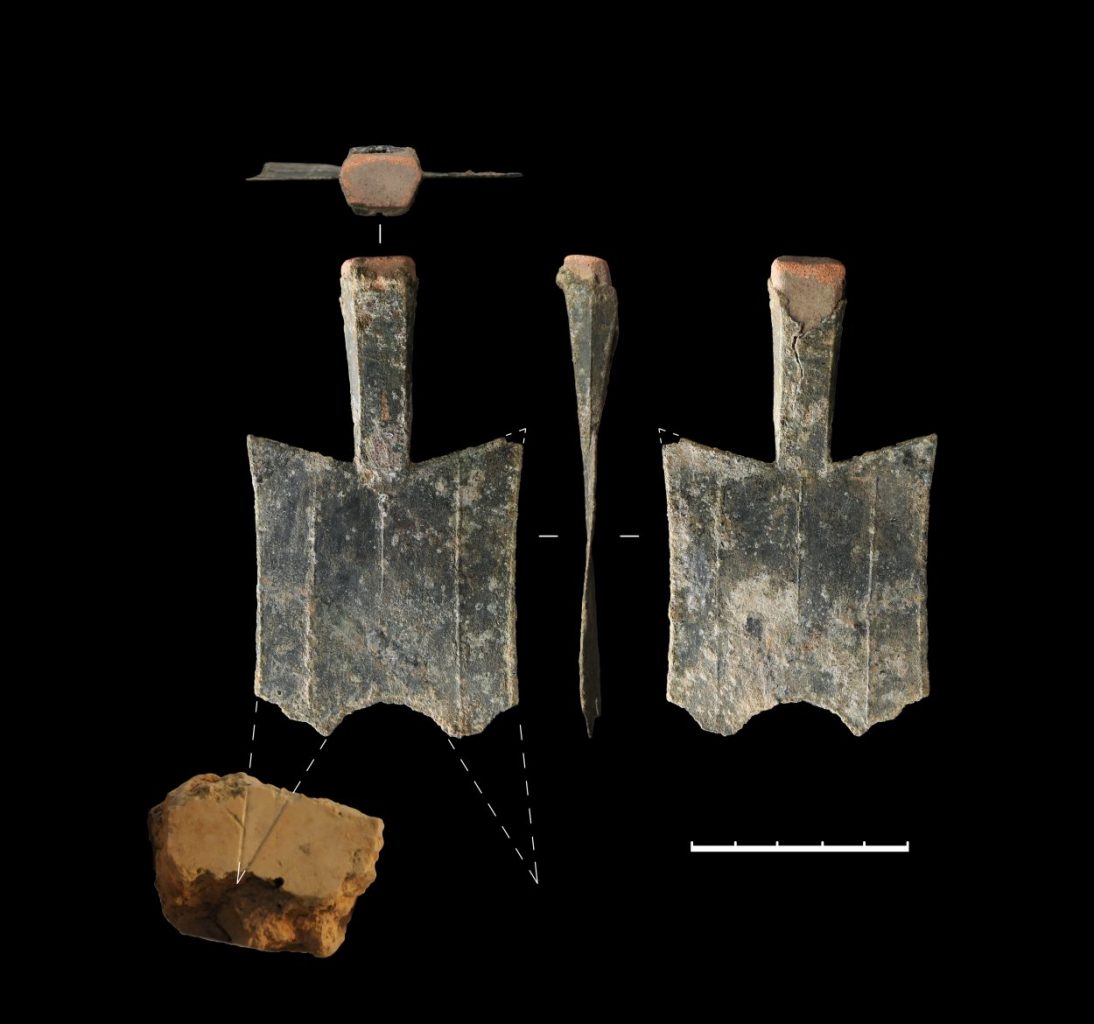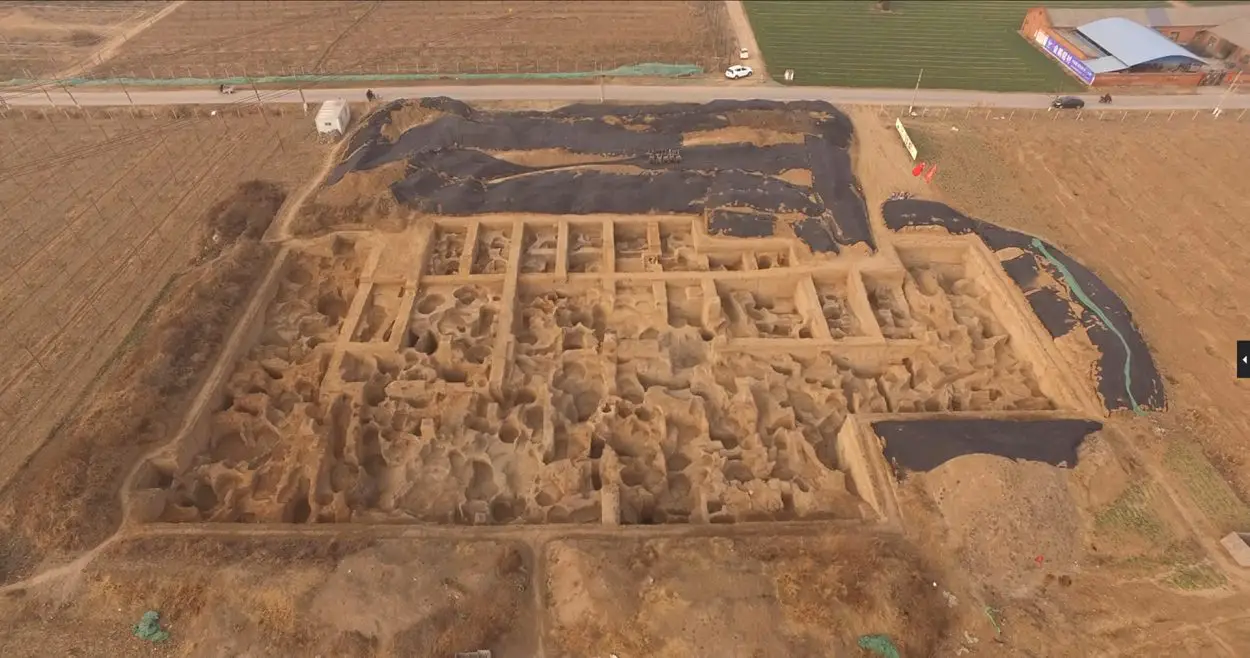Archaeologists have discovered one of the world’s earliest known coin mints, located in the Henan Province of China.
The mint was uncovered during excavations at Guanzhuang, a city and administrative centre of the Zheng state – a central regional power before the rise of Imperial China.
Reported in the journal Antiquity, archaeologists found a bronze foundry and various coin moulds, along with coin fragments and pieces of metal debris.
An analysis of the finds revealed that the mint produced ‘spade coins’, named for the similarity to the gardening implement. Spade coins are the oldest form of commodity money used during the Zhou dynasty of China, and were used by the Zheng and surrounding regions until they were abolished by the first emperor of China in 221 BC.

Dr Hao Zhao from Zhengzhou University said: “The Guanzhuang foundry started around 770 BC, but at first it mainly produced ritual vessels, weapons and tools. It is about 150 years later that the minting activities appeared in this foundry.”
Radiocarbon dating indicates that the site started minting from 640-550 BC, representing one of the oldest examples of metal currency production in China. As such, this new site can shed new light on the chronology of money and how it developed.
“Making coins was one of the most revolutionary financial innovations in human history,” said Dr Zhao, noting that it allowed wealth to be easily traded, counted, and hoarded.
Previous research had proposed that coins were first issued by merchants, making it much easier to trade, transport, and count wealth. However, the mint at Guanzhuang is located close to the edge of the outer city, near the gates to the administrative inner city.
This could indicate that the government was involved in the early history of currency, although the limited number of artefacts found at the site means the exact affiliation of the foundry cannot be confirmed yet. Find out more
Header Image Credit : Antiquity





